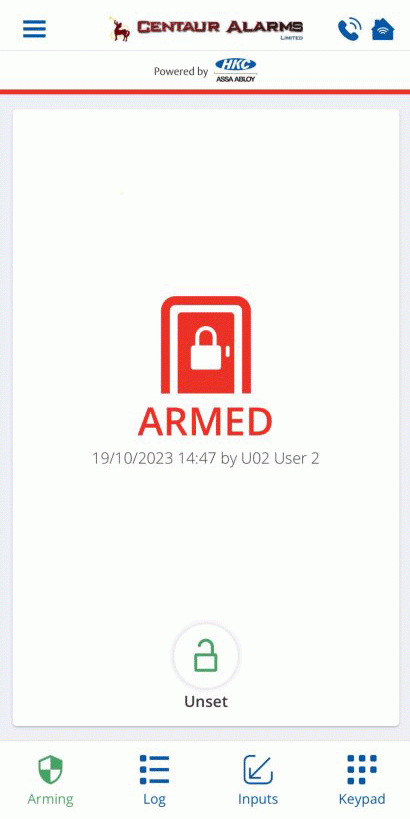- +353 (0)91 77 10 10
- info@centauralarms.com
Centaur Alarms Ltd. has been serving the Galway and Greater Connacht Region since 1996 with excellence in intruder, fire, CCTV, access control, gate automation, and barriers for residential, commercial, and industrial sectors. With thousands of systems completed, make us your first choice for all your electronic security requirements.
Our systems are designed for the residential and commercial markets and can provide more than a standard security system.
We supply, install, service and maintain a wide variety of equipment from simple devices to advanced analogue addressable systems.
Automatic barriers are ideal for preventing entry or protect valuable parking . They can be operated via remote, code, phone or app.

Emergency lighting is an integral part of the overall design of a premises. We provide ongoing testing and reporting as required.

Centaur provides a full range of Access Control Products from single door to multi-site integrated Access Control Systems.

CCTV for your home or business security. Our advanced security cameras and recorders monitor your premises anytime, anywhere.
For nearly three decades we have installed and serviced audio and video intercoms for single units up tto hundreds of apartments.
Our gate automation services provide convenience and security by supplying and installing systems from world leading manufactures.
WHY CHOOSE US









Centaur Alarms systems can utilise the HKC SecureComm App which allows complete control of the Intruder System from any location. Arm or Disarm, turn lights and heating on, or off, open gates or simply check the Event Log to see the alarm history.





Centaur Alarms are an accredited electronic Installation Company:
• Over 25 years of experience in domestic and commercial sectors.
• Provides cost-effective, professional, reliable security solutions.
• Engineers excel in professional CCTV installation and maintenance support.

© 2023 Centaur Alarms Ltd. All Rights Reserved